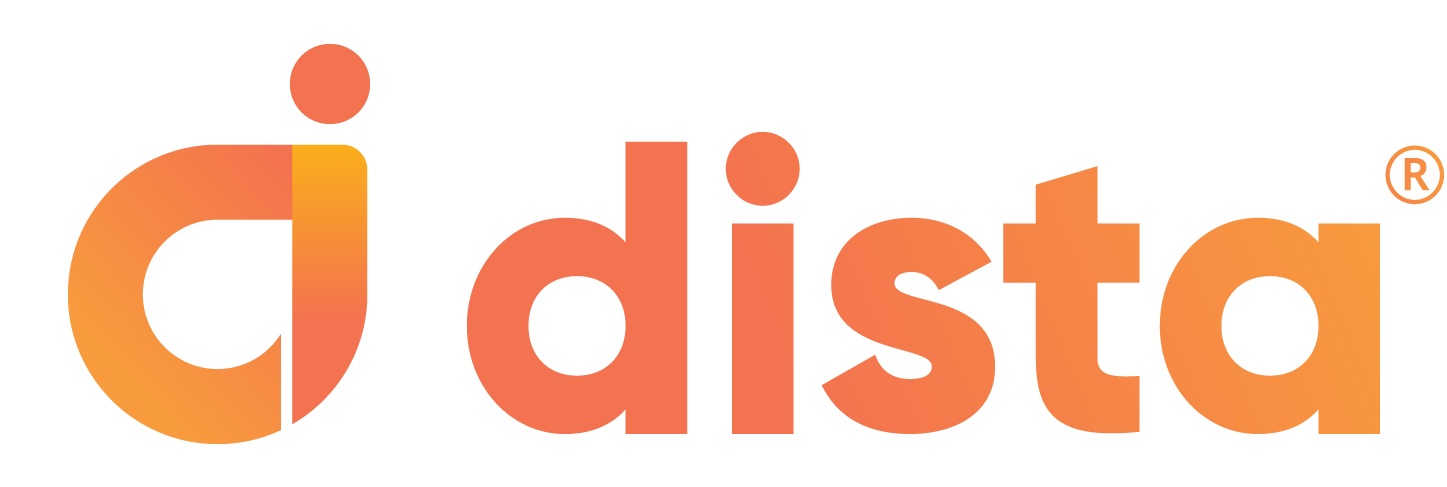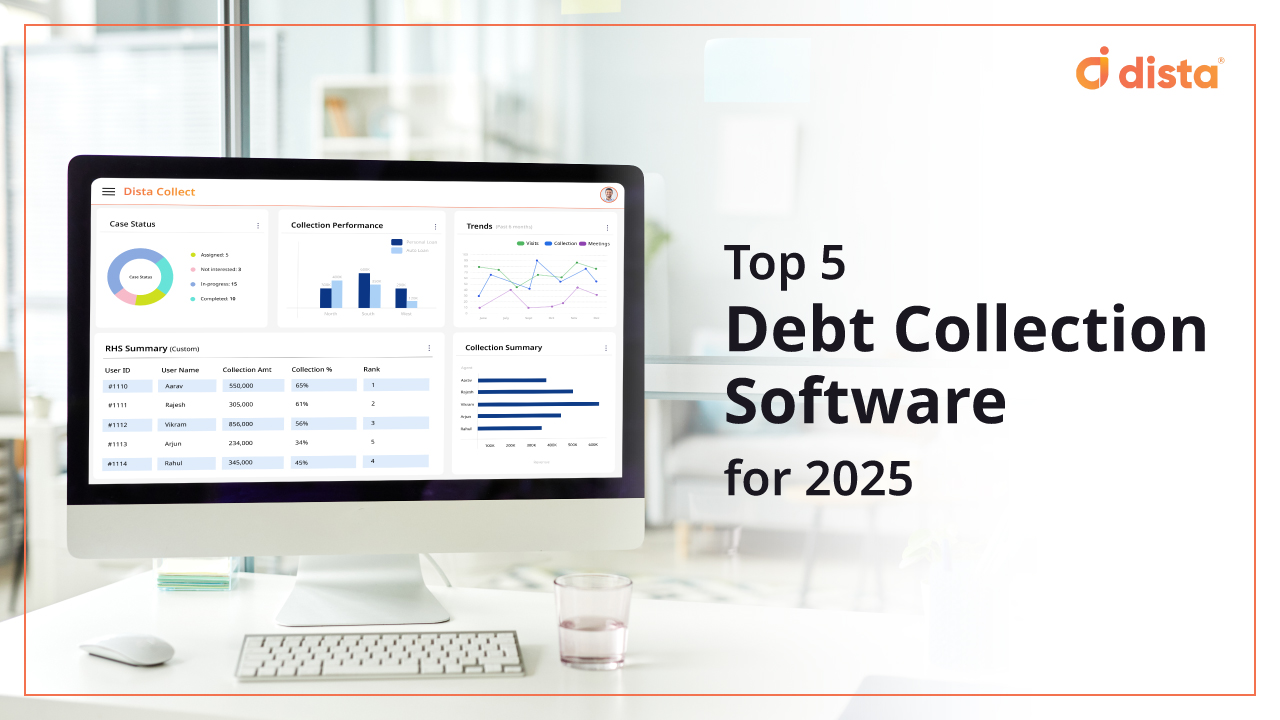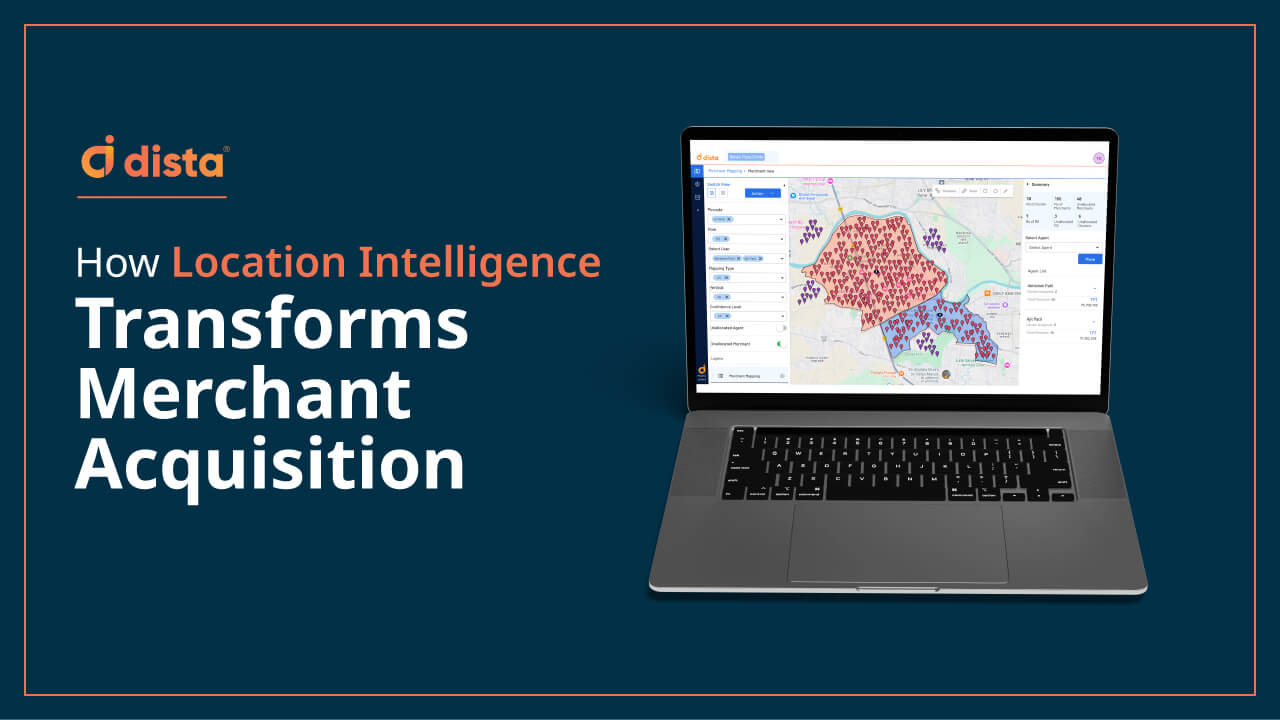Delinquencies are rising. CIBIL data shows personal loan defaults growing from 3% to 4%, and small-ticket loans now have a 5.4% DPD 90+ rate. Despite large teams and tech, recoveries remain banks’ and NBFCs’ toughest challenge.
If you’re leading collections at a bank or NBFC, you’re feeling the pressure. Field teams are struggling to meet targets. Promise-to-pay (PTP) commitments are logged but rarely realized. Your LOS, LMS, and dialer systems still don’t connect. And compliance expectations are only tightening. Adding more agents won’t solve the problem. What makes a real difference is knowing who to contact, when to reach out, and how to act before the situation worsens.
Here are nine practical strategies collection leaders are using to modernize operations and accelerate recovery.
1. Rethink Territory Allocation
Traditional agent allocation based on pin codes or zones is outdated. Risk doesn’t follow geographic lines. It clusters by borrower behavior, DPD, and product type.
With location intelligence, territories can be realigned based on case density, default risk, and agent proximity. This reduces travel time, increases visits per day, and helps you get to high-risk accounts before they escalate.

2. Automate Beat Planning
Many field agents still rely on manual schedules or static Excel beat plans. This leads to poor visit sequencing, inefficient routing, and missed follow-ups.
AI-powered beat planning tools automatically prioritize visits based on urgency, customer availability, geography, and agent workload. Instead of spending time figuring out where to go, agents can focus on what they do best: recovering dues.

3. Unify Your Customer Data
When systems don’t talk to each other, agents operate in the dark. A fragmented view means missed updates, duplicate outreach, and broken follow-through.
Integrating your LOS, LMS, telephony, and field systems gives agents a unified customer view. With full context including payment history, escalation status, and past interactions, agents can make smarter decisions and recover faster.
4. Choose the Right Platform
Fragmented systems and workflows slow down execution and create compliance gaps. Leading teams are moving to purpose-built platforms that handle end-to-end recovery.
Look for platforms that offer automated case allocation, geo-tagged visit tracking, real-time dashboards, and compliance workflows. A unified debt collection platform like Dista Collect brings all of this together so your field and call center teams stay aligned, efficient, and audit-ready.

Also Read: Top 5 Debt Collection Software for 2025
5. Focus on Early DPD Accounts
Late-stage collections are costlier, slower, and harder to resolve. Yet many teams still allocate their best resources to 90+ DPD accounts.
CIBIL data shows that accounts in the 0–30 and 31–60 DPD buckets have a 2.1x higher recovery probability than those beyond 90 days. Prioritizing early delinquencies and assigning your strongest agents to these accounts can significantly improve recovery outcomes while reducing future risk.
6. Track PTP Realization
Most systems can record a promise-to-pay. But few track whether the promise is kept. Teams are now shifting focus from just logging PTPs to measuring fulfillment. By embedding automated follow-ups and holding agents accountable for realized payments, organizations can improve short-cycle recovery rates and obtain more accurate cash flow forecasts.
7. Evaluate Your TPAs
Third-party agencies often operate with limited oversight. Case assignments go out, but what happens in the field isn’t always clear until the end of the month.
Industry reports indicate that a significant portion of outsourced recovery performance goes unmonitored. This results in weak accountability and lost revenue. Implement geo-performance dashboards that track TPA effectiveness in real time by region, product, and resolution speed. This allows you to reassign volumes dynamically and retrain or rotate underperforming agencies before performance drops further.
8. Streamline Agent Workflows
Agents often spend more time managing spreadsheets and reporting than recovering dues. Manual updates, WhatsApp logs, and paper trails waste precious hours.
Modern mobile-based recovery apps enable agents to update cases, log visits, record payments, and raise disputes all from the field in real-time. This leads to reduced administrative work, increased productivity, and faster resolution.
9. Simulate Strategy Before Execution
Before launching a new campaign or expanding field coverage in a zone, run a simulation. Using historical case data and location intelligence, simulate different scenarios such as increasing visit frequency in a region or reassigning agents by product type. Simulations help you predict outcomes, allocate resources more effectively, and avoid costly missteps.
Closing the Gaps in Your Collections Ops
Leading banks and NBFCs are adopting modern debt collection platforms that combine field execution, unified data, and real-time tracking. This approach enables you to prioritize the right cases, engage customers more efficiently, and maintain compliance with confidence.
Dista Collect is purpose-built to support this shift. It brings together location intelligence, automation, and streamlined workflows to scale recovery operations with precision.
Contact us to see Dista Collect in action.






